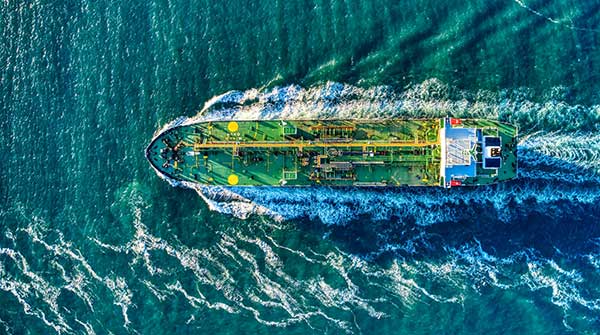 An estimated $55-billion liquefied natural gas (LNG) project to take natural gas from northeastern British Columbia to its northwest coast at Pearse Island recently received the blessing and financial and political backing of the Nisga’a First Nation.
An estimated $55-billion liquefied natural gas (LNG) project to take natural gas from northeastern British Columbia to its northwest coast at Pearse Island recently received the blessing and financial and political backing of the Nisga’a First Nation.
The First Nation is on the proposed pipeline route and is the site of planned liquefaction terminal.
This seems like very good news for all involved and for the environment, although that will certainly be debated.
Natural gas is displacing coal in vast numbers of power plants in the United States and slowly doing the same in Canada. Natural gas is significantly less emission-intensive than coal.
So natural gas helps the federal and provincial governments meet global warming energy and emission targets in the Paris climate agreement protocols.
Sadly, China, India and other nations are still expanding their coal-fired energy use.
Most Ksi Lisims LNG will go to China, Japan and South Korea, displacing coal. Oil and gas producers in northeast B.C. have signed onto the Ksi Lisims project, calling themselves Rockies LNG.
 The Nisga’a say they have learned from the nearly 20 doomed LNG projects.
The Nisga’a say they have learned from the nearly 20 doomed LNG projects.
Those of who aren’t absolutist or extremist climate change zealots should cheer this development. But they likely won’t. It wouldn’t matter who owned it or how it was designed or built. Their opposition, usually in alliance with other First Nations, has been key to delaying or ending the other proposals.
Other projects have been cancelled due to regulatory delays, imposed conditions or legal challenges. The federal government has attempted to reform the regulatory approval process, but legal challenges can still occur.
Turbulent international LNG pricing and the reluctance of potential customers to commit to multi-year contracts with fixed pricing are other obstacles.
But Ksi Lisims seems to have finessed those points to reach this stage of viability.
Some major things are very helpful in moving this project along:
- it has the backing of a major First Nation;
- it’s avoiding the terminal site and routes that were the downfall of other, similar projects;
- there are no other major First Nations in the potential right-of-way that have offered any opposition, which seems to indicate at least their tacit consent;
- it’s entirely a provincial jurisdiction project, limiting potential federal litigation by the usual climate apocalypse opponents, let alone the government itself.
The project is being explored and fleshed out under the new federal project approval process, which is very comprehensive and leaves few pitfalls unaddressed, including public and First Nation intervention.
The provincial government and its opposition party are supportive.
And none of the legacy pipeline companies – with their terrible recent records of getting such projects completed – are involved.
Much could still go wrong and it will be a long time before this project is completed and shipping gas. We could still see new energy alternatives, embargoes or other trade blockades with an increasingly belligerent China, legal fights or a crash in LNG prices.
But there’s hope, even if experience says that there are still more powerful forces aligned against Ksi Lisims than for it. Rationality can still prevail and clean, abundant natural gas can still be used for decades to come, energy ‘transition’ or not.
Ian Madsen is a senior policy analyst at the Frontier Centre for Public Policy.
Ian is a Troy Media contributor. For interview requests, click here.
The views, opinions and positions expressed by columnists and contributors are the authors’ alone. They do not inherently or expressly reflect the views, opinions and/or positions of our publication.
© Troy Media
Troy Media is an editorial content provider to media outlets and its own hosted community news outlets across Canada.


